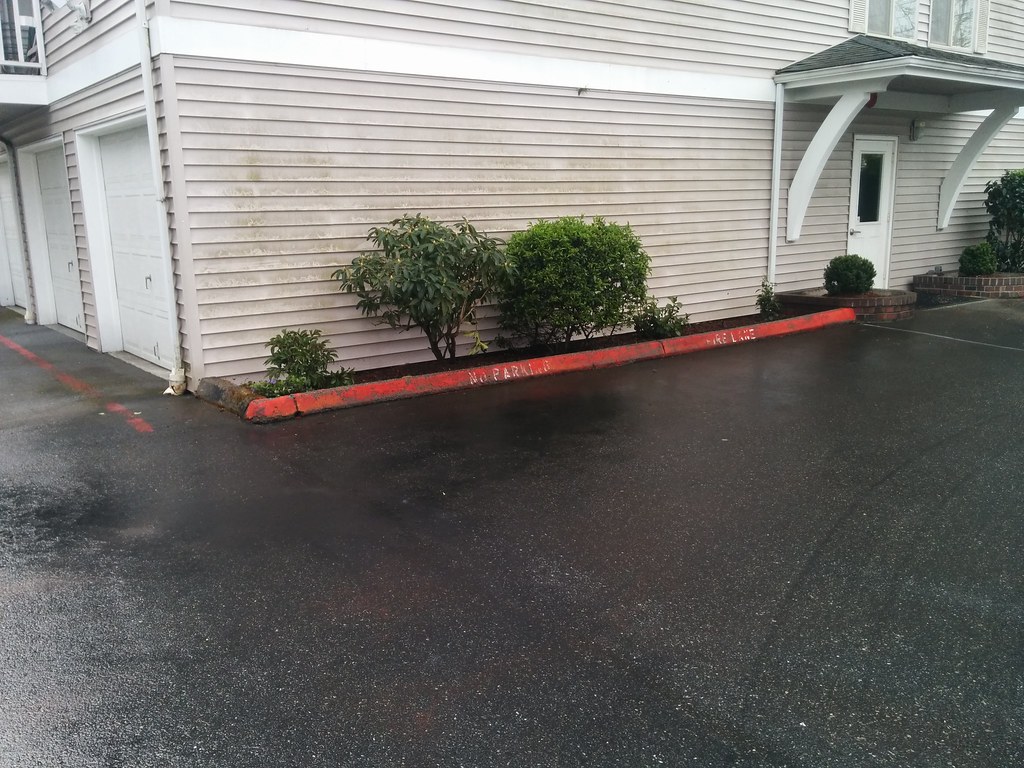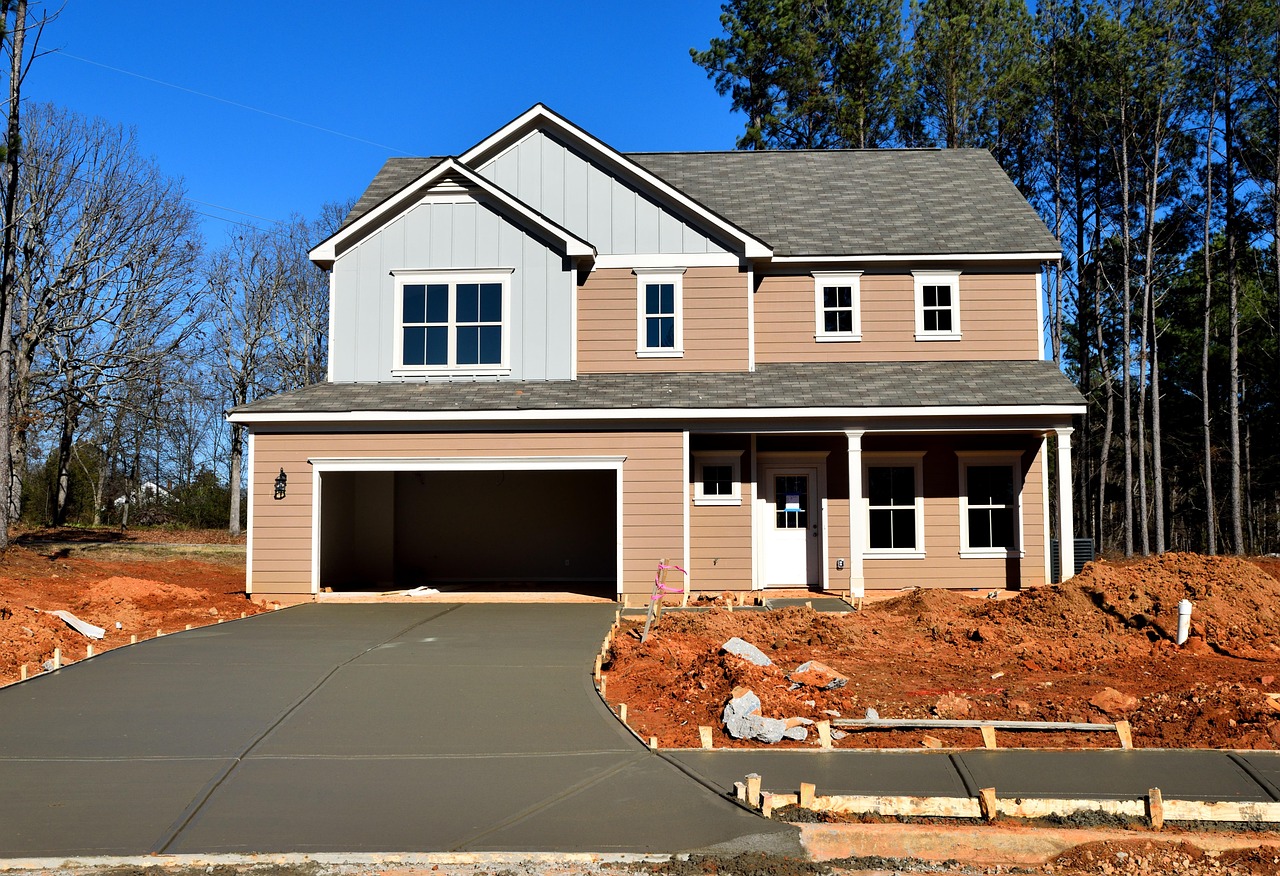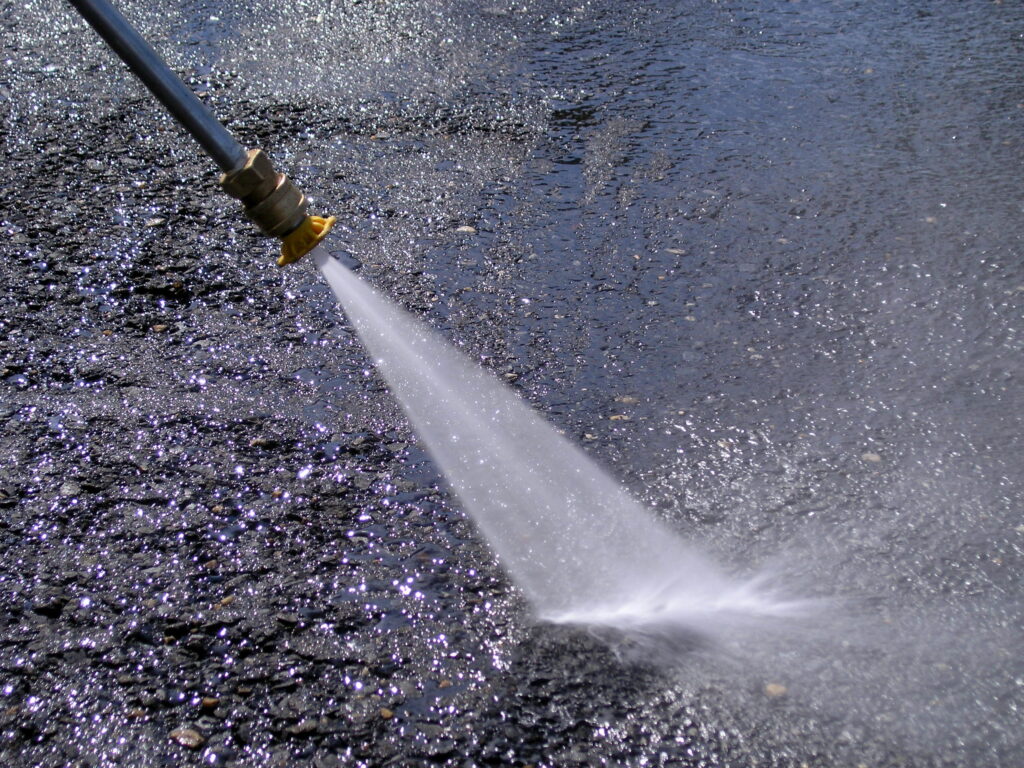If you want a spotless driveway, pressure washing is key. It not only removes dirt and grime but also prevents long-term damage. Knowing when and how to pressure wash can save you time and effort. You’ll need to gather some supplies and follow a few essential steps for the best results. Let’s investigate with Top Cleaning FL about the right techniques and tips to guarantee your driveway looks its best after each wash.
Key Takeaways
- Clear the driveway of any furniture and plants to prevent damage during the pressure washing process.
- Spot-treat oil stains with diluted concrete detergent before washing for better results.
- Use a 25-degree nozzle for effective cleaning while adjusting pressure to avoid damage.
- Pre-rinse the surface with water before applying detergent for optimal dirt removal.
- Seal the driveway post-cleaning to protect it from future stains and weathering.
Why Pressure Washing Is Essential for Your Driveway
While you mightn’t think about it often, pressure washing your driveway is crucial for maintaining its appearance and integrity.
Using effective driveway pressure washing techniques, you can eliminate deeply embedded dirt and harmful contaminants that regular cleaning won’t reach. It’s recommended to pressure wash at least twice a year to protect your driveway from damage and prolong its lifespan.
If you’re wondering how to remove oil stains from concrete, eco-friendly driveway cleaning solutions can effectively tackle these pesky marks.
When selecting the best pressure washer for driveways, consider one with adjustable pressure settings to guarantee safety and efficiency.
Always follow pressure washing safety tips, such as wearing protective gear and being cautious on slippery surfaces.
Best Time of Year to Pressure Wash Your Driveway
Choosing the right time to pressure wash your driveway can make a significant difference in the effectiveness of the job.
Spring is typically the best season, with sunny and mild days that promote optimal cleaning conditions. You’ll want to avoid winter, as cold temperatures can lead to ice formation, making the surface slippery and hazardous.
Fall isn’t ideal either, since leaves can quickly accumulate again after washing. Summer can work if you’re not in a rainy climate, but be mindful of excessive heat, which can cause cleaning solutions to dry too fast.
In harsher climates, consider pressure washing twice a year to prepare for winter conditions.
Regular visual inspections will help you determine when your driveway needs attention. Watch for dirt or mold growth, and schedule your wash on sunny days to guarantee the best results.
If you’re unsure, professional services like Squeegee Squad can provide useful assistance.

Step-by-Step Guide to Pressure Washing Your Driveway
Pressure washing your driveway can restore its appearance and extend its lifespan, and following a clear step-by-step guide makes the process more efficient.
Start by clearing the area of furniture and plants, ensuring nothing gets damaged. Next, spot-treat any oil stains with diluted concrete detergent, letting it sit for about 10 minutes.
Now, prepare your pressure washer, selecting the appropriate nozzle—typically a 25-degree tip works well for concrete. Begin by pre-rinsing the surface with water.
Apply your detergent evenly, allowing it to soak for 10 minutes before rinsing. When rinsing, maintain a distance of 12 inches from the surface and use sweeping motions to avoid damage.
Finally, allow your driveway to dry completely before considering any sealants for added protection. Following these pressure washing tips will help you achieve a clean and well-maintained driveway, enhancing your home’s curb appeal.
Common Mistakes to Avoid When Pressure Washing
When tackling pressure washing tasks, it’s easy to make common mistakes that can lead to damage or subpar results.
First, avoid using too much pressure; start low and gradually increase it while keeping a safe distance from surfaces.
Don’t forget to use detergent, as it breaks down dirt and kills mold—just follow the instructions for application.
Protect your landscaping by wetting plants before starting and using tarps if necessary.
Be cautious with painted surfaces; power washing can damage old paint and stain.
Also, wash in the right sequence—begin with the roof, then the exterior, and finish with windows.
Lastly, familiarize yourself with your equipment; knowing how to operate it properly prevents mishaps.
How to Maintain a Clean Driveway After Pressure Washing
How can you keep your driveway looking pristine after pressure washing? Start by sealing the concrete.
Once the driveway is clean and thoroughly dry, apply a waterproof sealer to protect it from stains and weathering. Follow the manufacturer’s instructions for curing time to guarantee optimal protection.
Next, make routine maintenance a habit. Sweep away debris regularly and promptly address spills to prevent stains.
If you notice any tough stains, consider spot cleaning with a degreaser or a suitable cleaning solution.
Avoid parking heavy vehicles on the driveway for extended periods, as this can cause wear and tear.
Additionally, trim overhanging branches to prevent leaves and dirt accumulation.
Lastly, consider pressure washing again every 6 to 12 months, depending on your local environment.
This will help keep your driveway in excellent condition and looking great for your home and guests.

FAQs For Pressure Washing Tips
Can I Pressure Wash My Driveway Without Prior Cleaning?
You can pressure wash your driveway without prior cleaning, but it’s best to remove loose debris first. This guarantees better results and prevents dirt from clogging your pressure washer, making the job easier and more effective.
What Type of Detergent Is Safe for Driveways?
For driveways, use a biodegradable detergent specifically designed for outdoor cleaning. These products effectively break down dirt and grime without harming plants or the environment. Always follow the manufacturer’s instructions for best results.
How Long Does a Pressure Wash Take?
A pressure wash usually takes about 30 to 60 minutes, depending on the area’s size and dirt level. Plan accordingly to guarantee you complete the job efficiently while providing excellent service to your clients.
Is It Safe to Pressure Wash During Winter?
Yes, it’s generally safe to pressure wash during winter, but you need to be cautious. Confirm temperatures are above freezing to prevent ice formation, and avoid using hot water, which can lead to rapid cooling and freezing.
Can Pressure Washing Damage My Driveway Surface?
Yes, pressure washing can damage your driveway surface if you use too high a pressure or the wrong nozzle. Always test a small area first, and adjust the settings to protect the material from harm.
Conclusion
By following these pressure washing tips, you can achieve a spotless driveway that improves your home’s curb appeal. Remember to prepare the area, choose the right tools and detergents, and allow proper drying time before sealing. Contact Us today for any kind of cleaning purpose & Avoid common pitfalls, and you’ll make the most of your efforts. After your wash, regular maintenance will keep your driveway looking fresh and clean year-round. With a little care, you can enjoy a pristine driveway for years to come.





